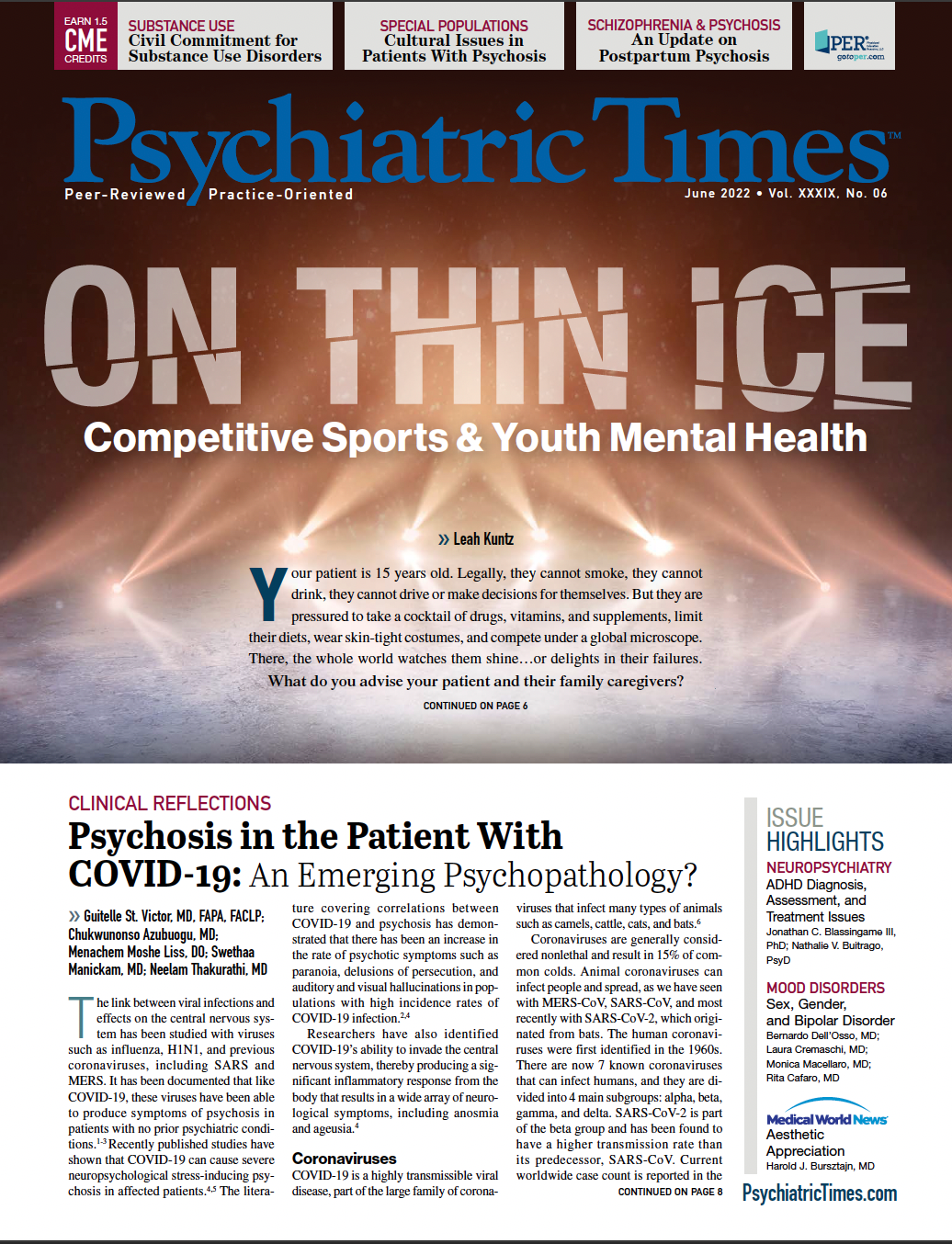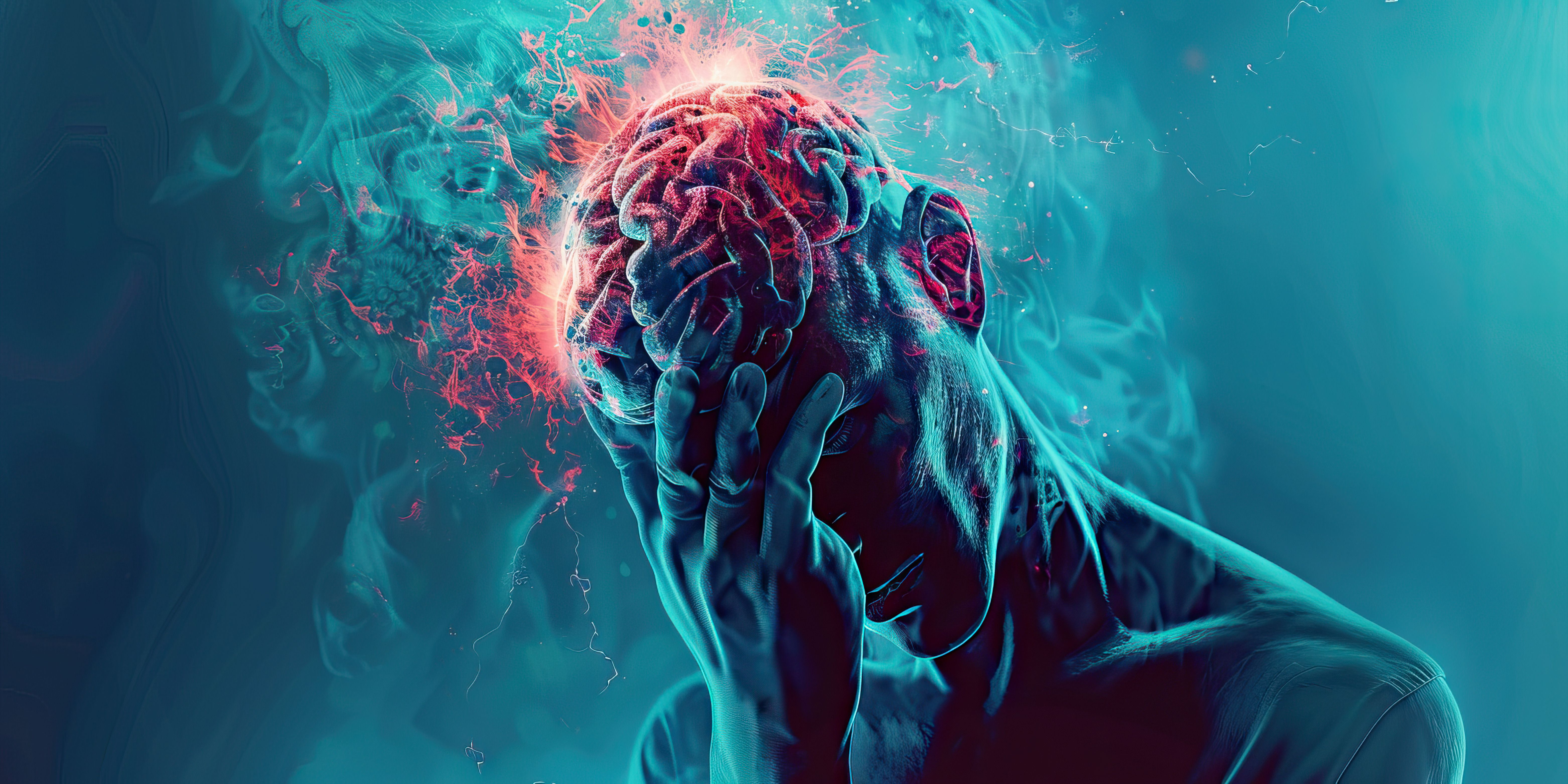Publication
Article
Psychiatric Times
Narcolepsy: Making the Right Diagnosis
Author(s):
In this installment of the Around the Practice custom video program, doctors discussed management of narcolepsy.
DavidPrado/AdobeStock

In this installment of the Around the Practice custom video program, Heidi Moawad, MD; Ruth Benca, MD, PhD; and Phyllis C. Zee, MD, PhD, reviewed the diagnosis and management of narcolepsy, joined by moderator Tom Scammell, MD. Leveraging 2 hypothetical patient cases, the panelists walked through potential approaches to treatment.
Narcolepsy is either misdiagnosed or underdiagnosed about 60% of the time, with initial diagnosis lagging anywhere from 3 to 8 years, said Zee, director of the Center for Circadian and Sleep Medicine and chief of the Division of Sleep Medicine, Department of Neurology, at Northwestern University Feinberg School of Medicine. She added that depression is often comorbid with narcolepsy and symptoms can blur, making a diagnosis challenging.
“A significant subset of patients with depression will complain of excessive daytime sleepiness. Some of them are actually excessively sleepy and some of them are just really fatigued and do not show objective evidence of excessive sleepiness, but they will report that they are sleepy,” said Benca, professor and chair of the Department of Psychiatry and Behavioral Medicine at Wake Forest University School of Medicine. “The other issue is that, like narcolepsy, mood disorders are sometimes characterized by early entrance into REM sleep. You can sometimes see shorter REM latency in patients with mood disorders.”
The panelists discussed tools to help assess and properly diagnose sleep issues. The self-administered Epworth Sleepiness Scale includes 8 questions in which patients are asked to rate how often they doze or fall asleep while engaging in certain activities. Similarly, the Swiss Narcolepsy Scale aims to identify certain behavioral symptoms associated with narcolepsy with cataplexy. Both scales, however, are subjective in nature, so the panelists agreed it is important to probe further.
Nonpharmacological Options
As part of her intake, Zee looks at lifestyle and behavioral issues that may impact sleep, like diet, exercise, and substance use. She often reviews a sleep and diet diary, suggesting to patients that smaller meals can be helpful. Light therapy and even cognitive behavioral therapy can be helpful for these patients, she added. Benca agreed, noting that for some patients, avoiding carbohydrates but having other kinds of healthy snacks can be useful. She tells patients to get up and move around when they feel sleepy, too. Scammell reiterated that it is very important to educate patients about nonpharmacological factors that can prove beneficial and that can lead to a healthier life in general.
Exploring Psychopharmacology
As a general rule, Moawad said she often turns to traditional agents that she finds to be effective treatment options, including modafinil and armodafinil, amphetamines, and sodium oxybate. “They’ve been around for a long time,” she explained. “When patients use them as directed, they’ll notice improvement.” However, the panelists also discussed some of these agents’ associated adverse events. First, there may be risk of abuse with these medications. Benca pointed to the psychiatric adverse effects associated with sodium oxybate, and noted it can result in psychosis, triggering of bipolar episodes, and worsening depression. Similarly, there may be risk of abuse for these medications. Finally, there are cardiovascular concerns. Scammel noted research has shown an increased risk in these patients to begin with, so adding something like amphetamines may increase the concern. In recent years, the US Food and Drug Administration has approved novel agents like pitolisant, solriamfetol, and lower-sodium oxybate, which the panel agreed may offer similar efficacy with less risk of abuse and fewer cardiovascular effects.
Case Vignette 1
A male college student, aged 19 years, presents for evaluation with excessive daytime sleepiness. He has been seeing his primary care provider for the last 3 years for this condition, and he was diagnosed with depression when aged around 16 years. He was prescribed 20 mg of fluoxetine daily in the morning, but now he takes it every other day because he feels his depression is much improved. On some days he feels moderately depressed, but he is mainly worried about failing his classes, as he has been put on academic probation. He has been self-medicating for the last 3 months with caffeine, energy drinks, and over-the-counter products in hopes of improving his sleepiness, but he does not find them effective. He has no history of trauma or head injury, but he does have a prior history of marijuana and cocaine abuse, although he has not been using either for the last couple of months. He smokes 1 pack of cigarettes a day. He blames his academic struggles on his inability to stay awake and properly study.
Moawad, a clinical assistant professor in the Division of Medical Education at Case Western Reserve University School of Medicine, noted that this patient’s history is typical in many ways because he is attempting to explain his symptoms with things that are going on in his life, like failing classes. To her, the persistence of the symptoms was a red flag. “[The sleepiness] should not be so prolonged in this case,” Moawad noted. “We are talking about a 19-year-old, and he has been dealing with this since he was 16. It is definitely something to look at more deeply.”
An overnight polysomnogram or multiple sleep latency test might open up the discussion about sleepiness with the patient, the panel suggested. Sleep history—particularly in the patient’s age group—is important, stressed the panel. Having the patient consider sleepiness as a separate entity from mood might help him better track his symptoms.
“Working with psychiatrists to help manage the comorbid psychiatric illnesses and providing emotional support to these patients may be useful,” said Benca.
Case Vignette 2
A 27-year-old woman who was previously diagnosed with depression and daytime sleepiness presents to her psychiatrist because she is having episodes of whole-body weakness, which resulted in a fall. She has been treated with paroxetine since she was aged about 24 years, and she has also been taking amphetamines/dextroamphetamine (extended-release Dexedrine Spansule, 30 mg/day) for about 2 years for her sleepiness. In the last couple of months, she says her moods improved and the paroxetine was stopped 3 weeks prior. Since then, she has had 3 episodes of weakness, each lasting about 30 to 60 seconds. With the first episodes, her head fell forward and her speech was slurred. When the third episode occurred, she was joking with a friend and became so weak that she had to slump into a chair and could not stand for a minute. She found these incidents extremely bizarre and frightening.
The patient, who is married and has several children, is unhappy with the amphetamine/dextroamphetamine, because she thinks it is causing decreased appetite/weight loss, headache, increased heart rate, and irritability. She is currently on alprazolam (Xanax) and buspirone (Buspar) for her depression. She does not take illicit drugs or drink alcohol.
“This sounds awfully suspicious for narcolepsy with cataplexy. Not only do the episodes sound like cataplexy, but also that spells were exacerbated with the discontinuation of the drugs,” noted Benca. “On the other hand, I have had psychiatric patients come in and complain to me of weakness or falling episodes that are not cataplexy.” She added that it is important to be cautious in understanding the triggers, especially in patients with psychiatric disorders, to make sure they really fit classic cataplectic diagnosis.
“This case in particular really highlights the idea that the disease can change, that the symptoms can change. It is always important to reassess the symptoms,” added Moawad.
Zee recommended switching to another selective serotonin reuptake inhibitor that could address both the cataplexy and the anxiety and depression symptoms. Benca added that specifically, another potential option was sertraline, if looking to minimize adverse effects. Additionally, the panel agreed that the patient should be tapered off of amphetamine, while her symptoms were monitored.
Concluding Thoughts
Comorbid psychiatric issues are quite common in individuals with narcolepsy, the panel concluded.“A lot of our patients complain about sleepiness and tiredness. Some of them are going to have narcolepsy—very few, but it is kind of like finding the needle in the haystack,” Benca said. “It is so critical to make the right diagnosis.”
To watch this and other Around the Practice progams visit https://www.psychiatrictimes.com/around-the-practice
Dr Moawad is a clinical assistant professor of neurology in the Division of Medical Education at Case Western Reserve University School of Medicine in Cleveland. Dr Benca is professor and chair of the Department of Psychiatry and Behavioral Medicine at Wake Forest University School of Medicine in Winston-Salem, North Carolina. Dr Zee is the Benjamin and Virginia T. Boshes Professor of Neurology, director of the Center for Circadian and Sleep Medicine, and chief of the Division of Sleep Medicine at the Northwestern University Feinberg School of Medicine in Chicago. Faculty disclosures are available online. ❒







